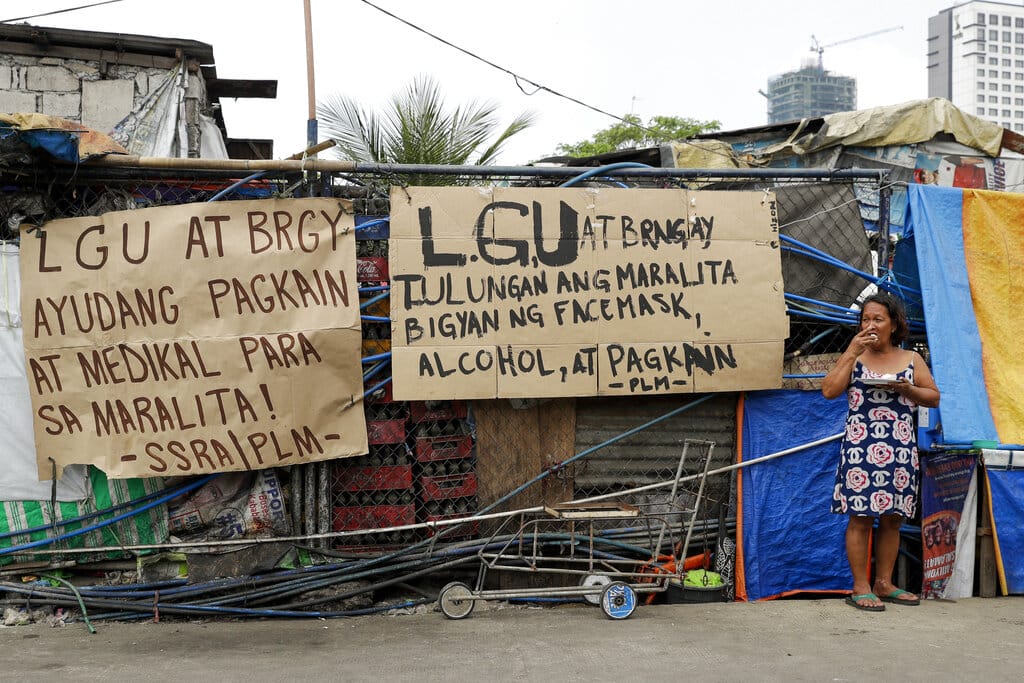The Philippines is a developing nation with an enduring challenge of poverty and corruption. Though the nation has made significant strides in recent years to reduce poverty and corruption, the problem is still pervasive. Technology has a significant role to play in eradicating poverty and reducing corruption in the Philippines.

The potential of technology to reduce poverty and corruption is vast. Technology can help to create economic opportunities for those in poverty and aid in the fight against corruption. It can help to provide access to information, create new jobs and increase economic efficiency. Technology can also help to increase transparency in government and corporate processes and make it easier to identify and address corruption.
One of the most important ways that technology can help in the fight against poverty and corruption is by providing access to information. This includes access to information about government services, health care and educational opportunities. Technology can also help to reduce the cost of providing services, such as healthcare and education. This helps to reduce the cost of living for those in poverty and reduce the amount of money that is wasted on corrupt activities.
Technology can also help to reduce the cost of communication and make it easier to report corruption and voice concerns. By increasing access to information, people can become more aware of the problem of corruption and take action to fight it. Technology can also help to create a more accountable system of government by making it easier to track and monitor public funds.
Technology can also play a role in developing innovative solutions for poverty and corruption in the Philippines. For instance, technology can be used to create financial inclusion programs that provide access to banking services to those in poverty. This helps to reduce the cost of living and create new opportunities for those living in poverty. Technology can also be used to create new jobs, such as in the agricultural and manufacturing sectors, which can reduce poverty.
Finally, technology can help to improve the quality of education in the Philippines. By providing access to online learning and educational resources, technology can help to reduce the cost of learning and provide equal access to quality education. This can help to reduce poverty and increase opportunity for those in poverty.
In conclusion, technology can play an important role in eradicating poverty and reducing corruption in the Philippines. By providing access to information, creating economic opportunities and increasing transparency, technology can help to reduce the cost of living and create new jobs. Technology can also help to reduce corruption and provide equal access to quality education. By using technology, the Philippines can continue to make strides towards reducing poverty and corruption.






